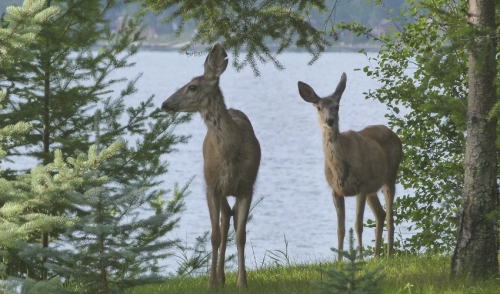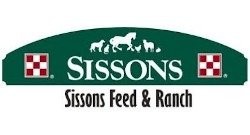
Deer Nutrition Tips for the Summertime
Although deer adapt pretty well to changes in temperature, there are things you can do to give them a better chance of surviving the summer heat. Here are a few tips:
- If you raise deer, provide access to shelter and shade to prevent heat stress. Wild deer can usually find shade under trees and shrubs.
- A stable water supply is crucial. Deer need three pounds of water for every pound of dry matter they consume. If they can’t drink, they won’t eat. If they don’t eat enough, it will affect antler growth, reproduction and the health of their fawns.
- What is a stable water source? In west Texas, for instance, it means a dependable water source every 1 to 1.5 miles. Deer prefer to drink from ponds or streams but will readily use livestock water troughs.
- In summer, forage quality declines just when does are lactating and bucks are in a period of maximum antler growth. Supplementing with AntlerMax® Deer 20 can help overcome the "nutritional gap."
If required nutrients are in short supply during antler growth period:
- antler growth rate will slow. Since antlers grow for only a set number of weeks, antlers growing at a rate of 3 grams a day instead of 5 grams a day will yield disappointing results
- antlers will lack mass and density, making them susceptible to breakage
- desirable characteristics, such as antler mass, number of points and beam circumference will be negatively affected.
Protein and minerals play a huge role in determining the size of a set of antlers. A product like Purina Mills® AntlerMax® with patented Protein and Mineral Technology can give bucks a big advantage.
Feeding deer in summer and autumn helps ensure their wellbeing in future months. Heading into a harsh winter in good body condition gives bucks, does and fawns a better chance of survival.
It’s not too early to think about next year. Fall-winter food plots usually consist of small grains and/or winter peas, and will start to be planted within 60 days. These will help maintain body condition over the winter and get the bucks ready for antler growth next year.
